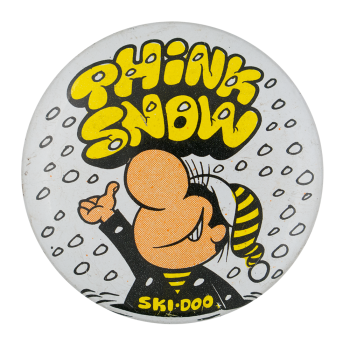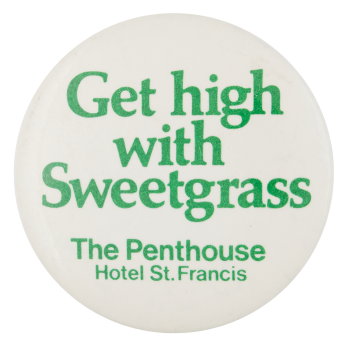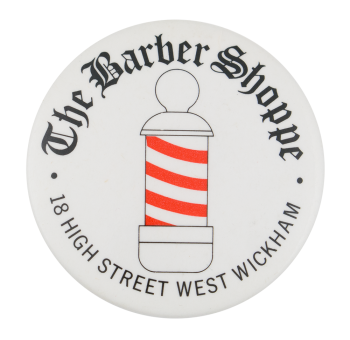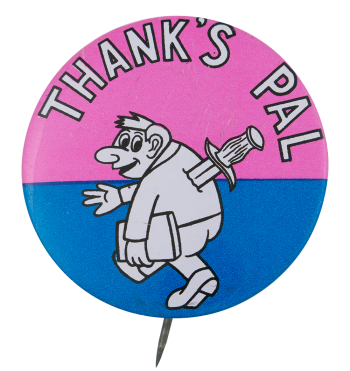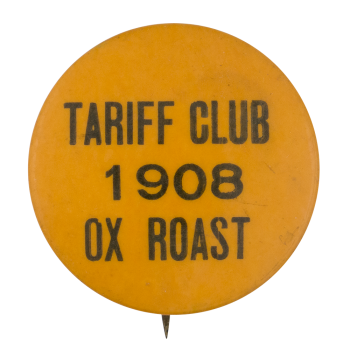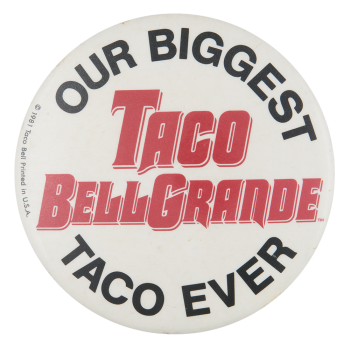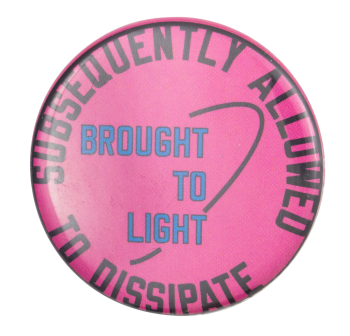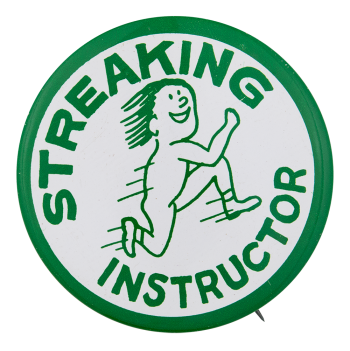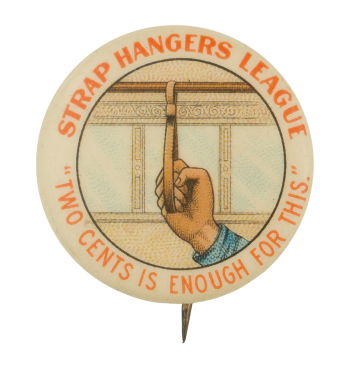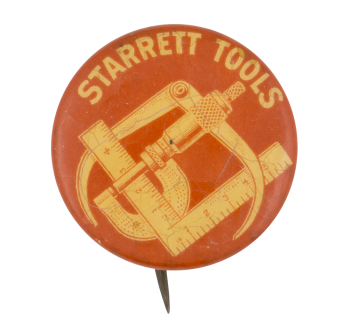Think Snow Ski-Doo
| Category | |
|---|---|
| Additional Images | |
| Sub Categories | |
| Text on Button | THINK SNOW SKI-DOO |
| Image Description | An illustration of a cartoon boy wearing a black coat and a black and yellow stocking cap. There are dots of snow surrounding him and he is attempting to catch some with his right hand. The "THINK SNOW" text is is in bubble lettering on the top and the "SKI-DOO" text is on the bottom across the boy's chest. The font is yellow with a black border and the background is white. |
| Back Paper / Back Info |
"BUTACO" is handwritten on the back in marker. |
| Curl Text | Trademark Bombardier Limited |
| Back Style | |
| The Shape | |
| The Size | |
| Year / Decade Made | |
| Additional Information | Ski-Doo is a snowmobile manufacturing company that was founded in 1959. It produce a wide variety of models for different terrain and speed. Ski-Doo is a subsidiary of Bombardier Inc, which is a Canadian aerospace and transportation company. The verb "skidooing" is sometimes used to describe going on a snowmobile ride. |
| Catalog ID | AD0318 |

